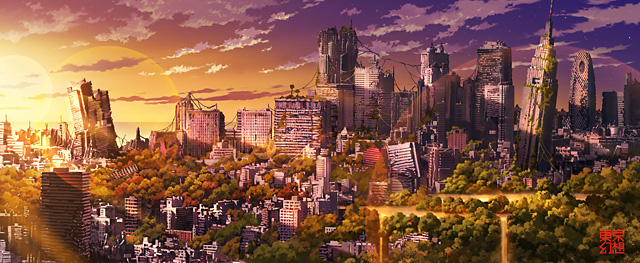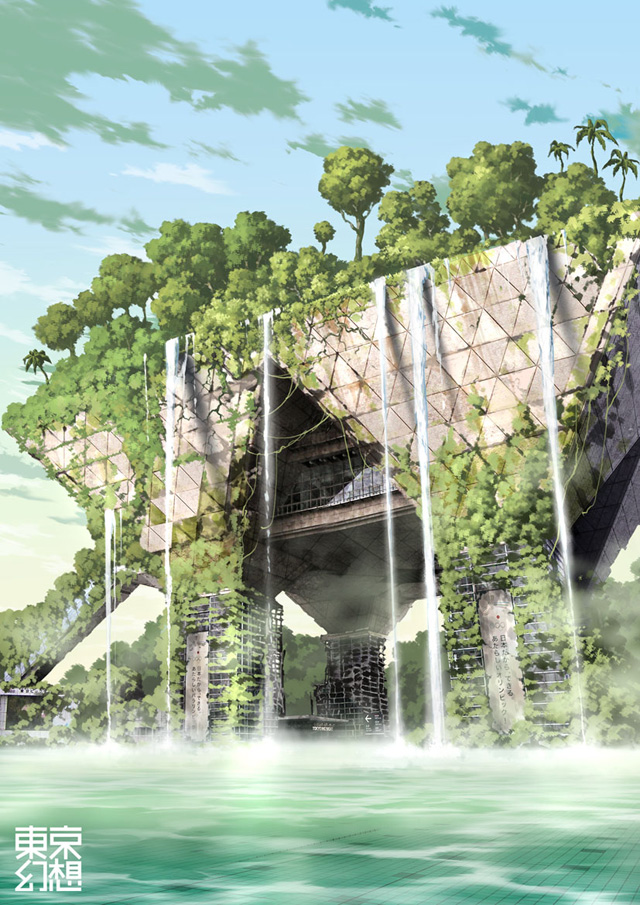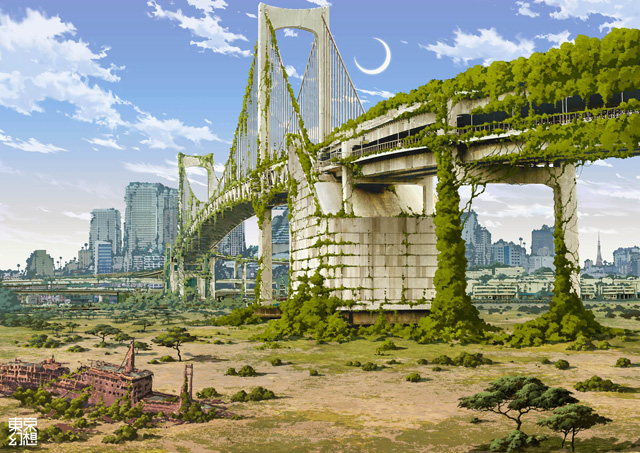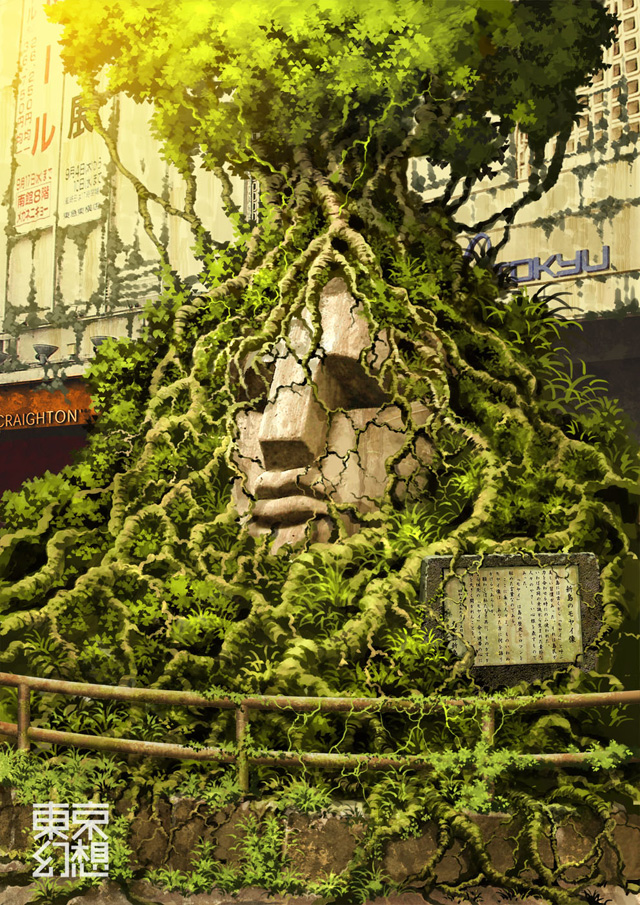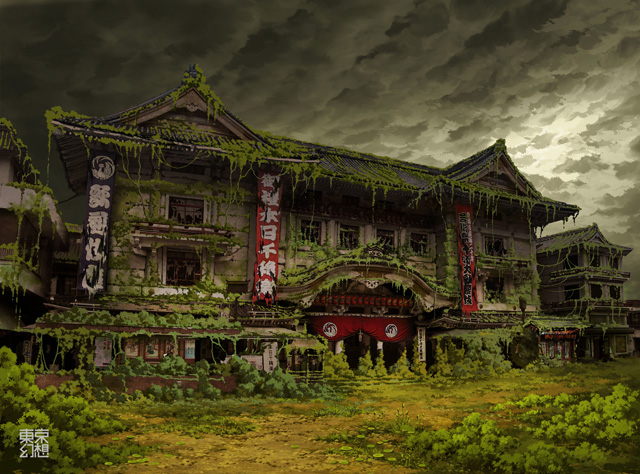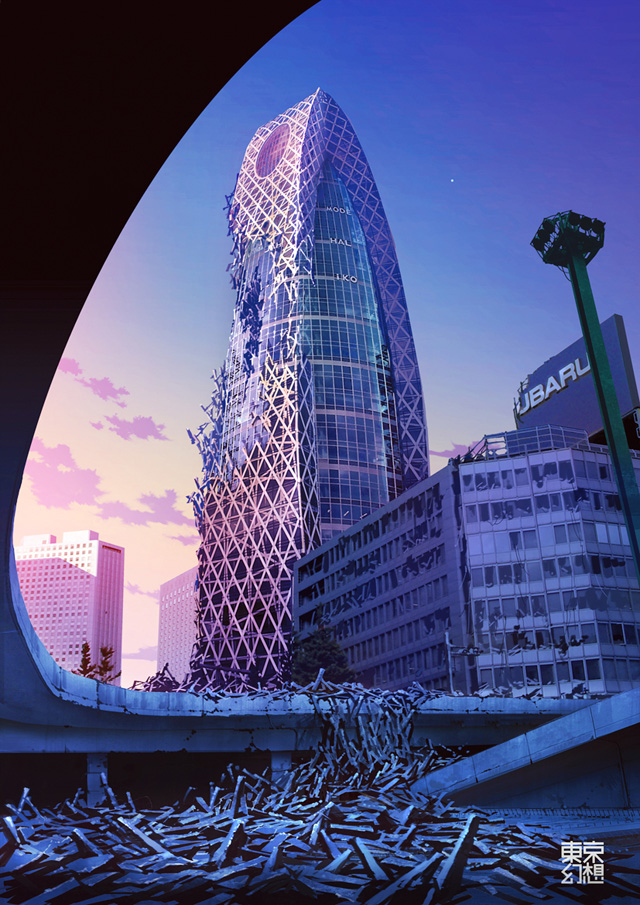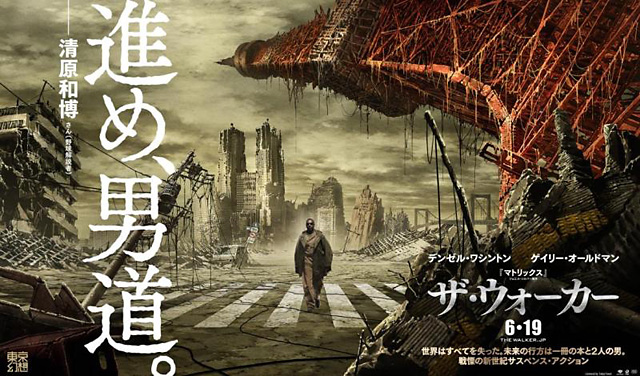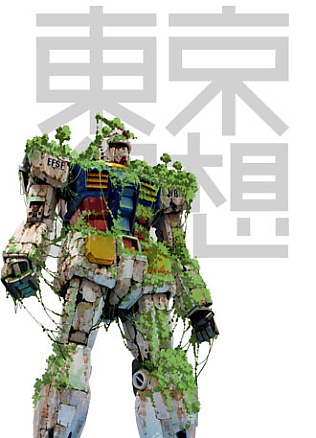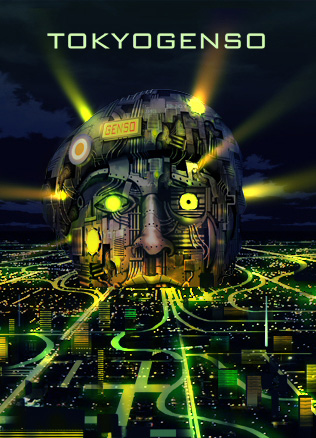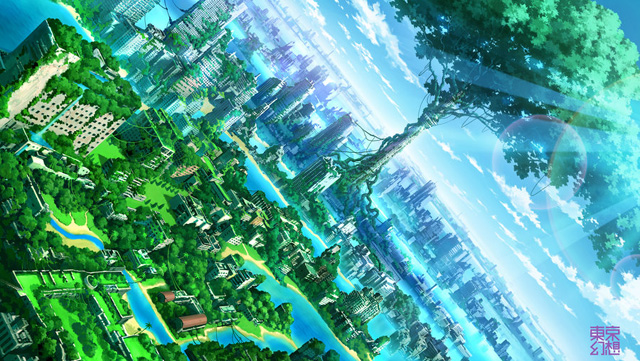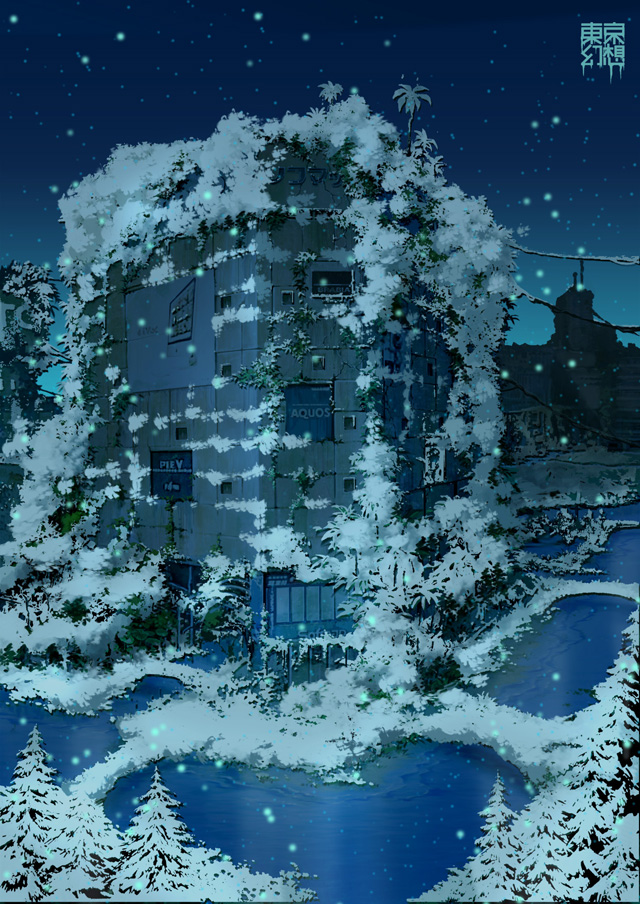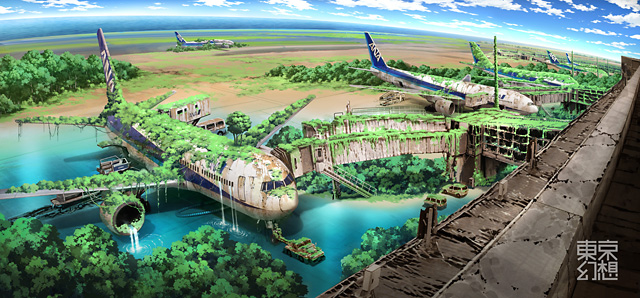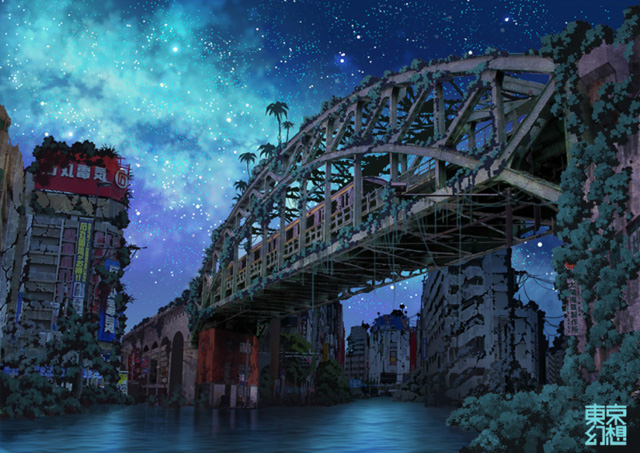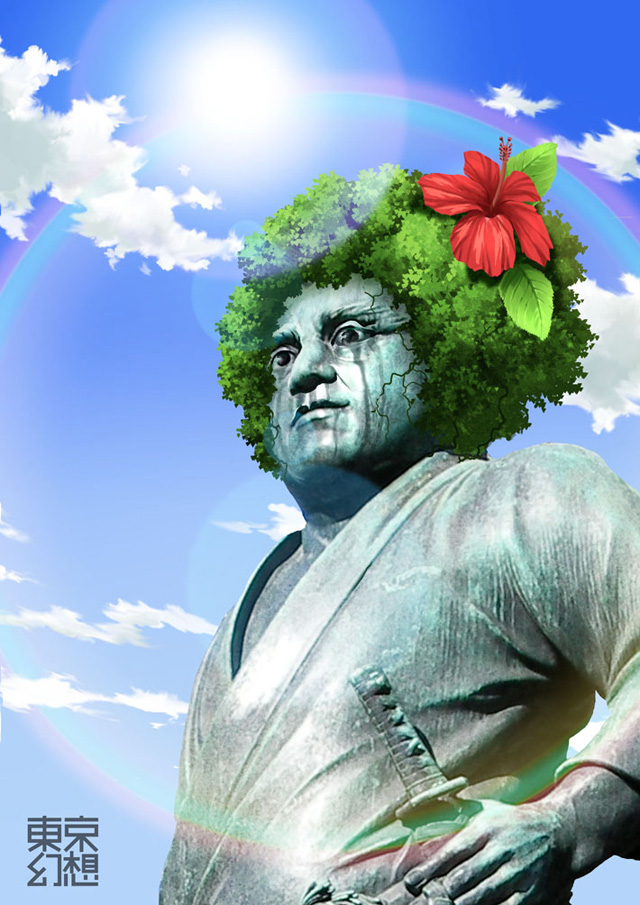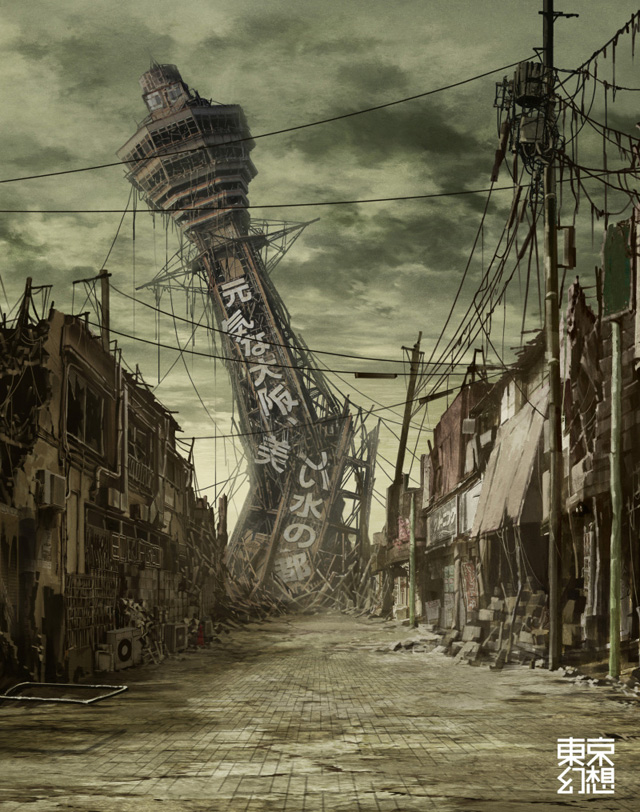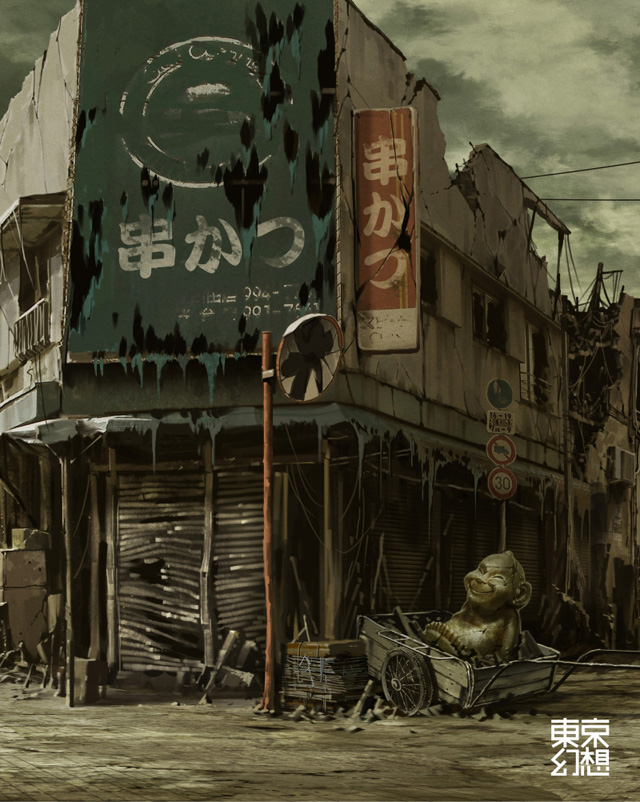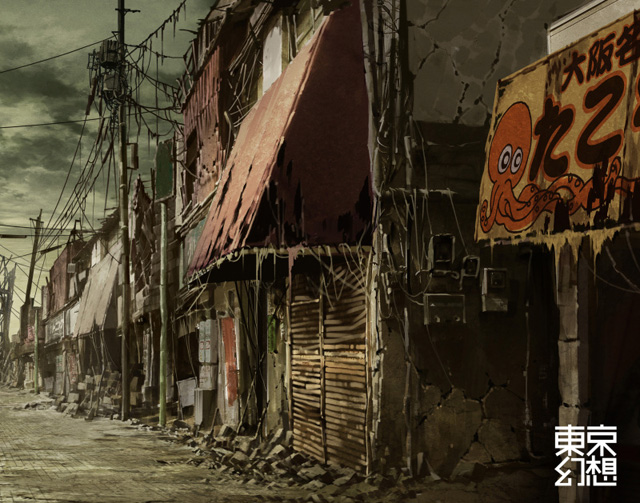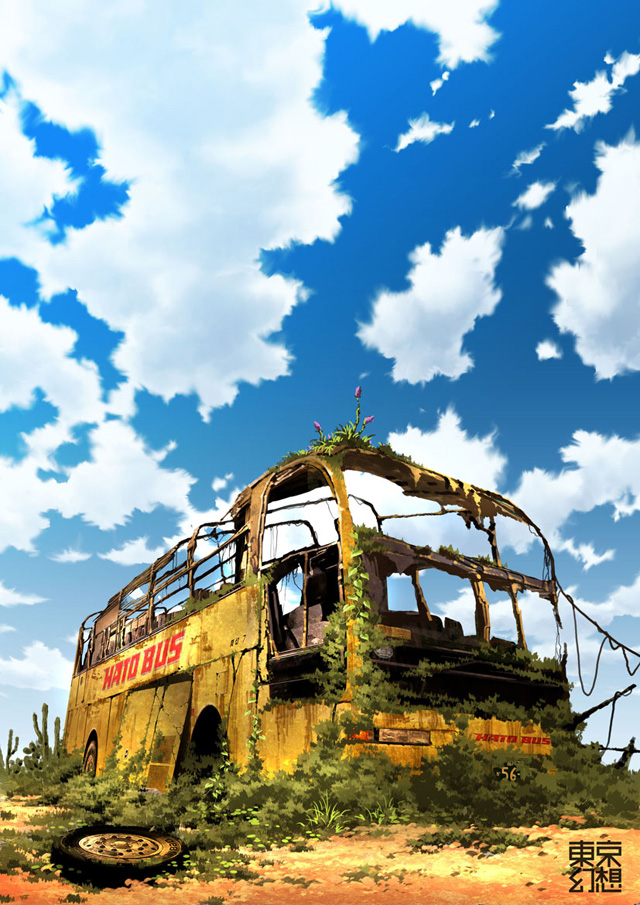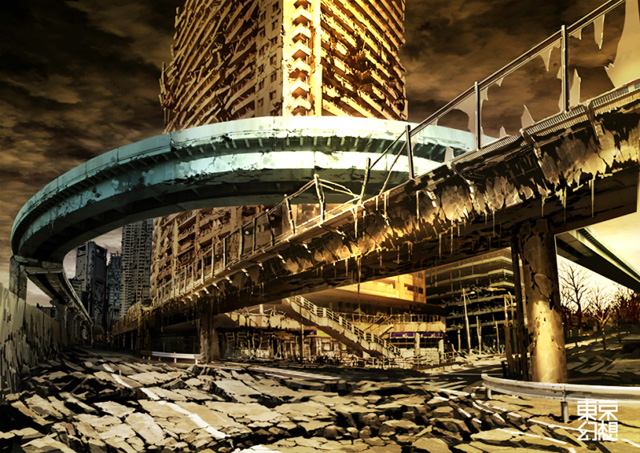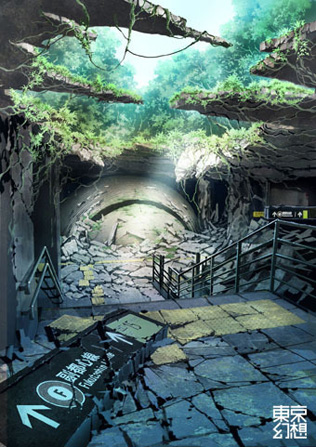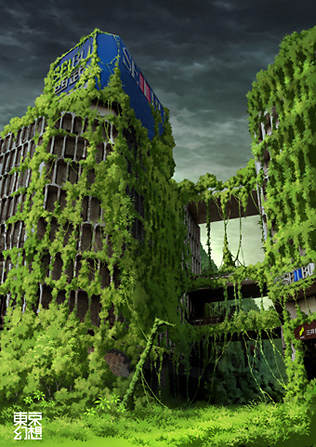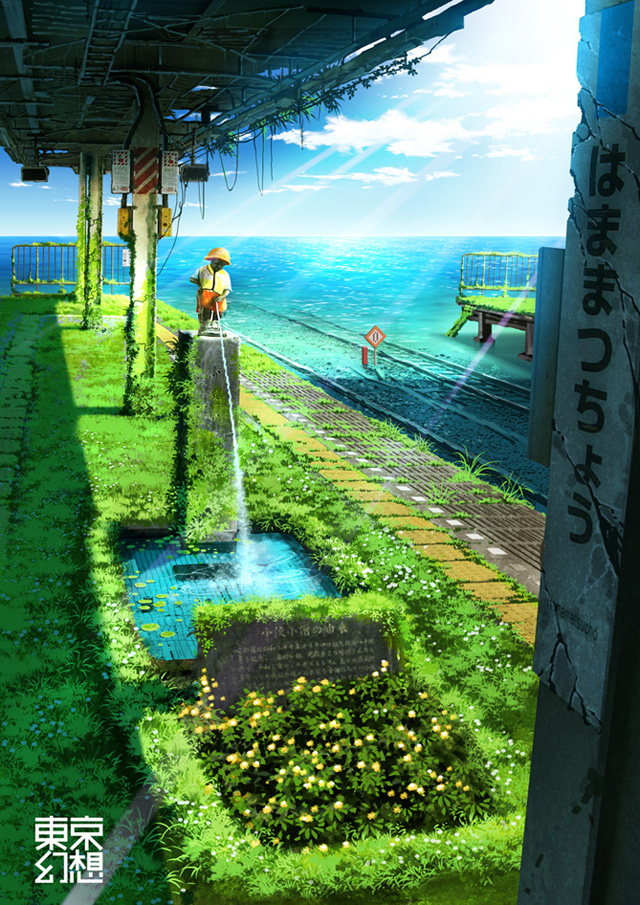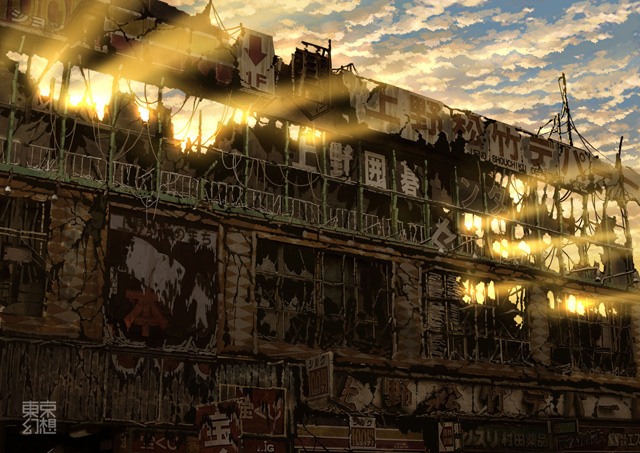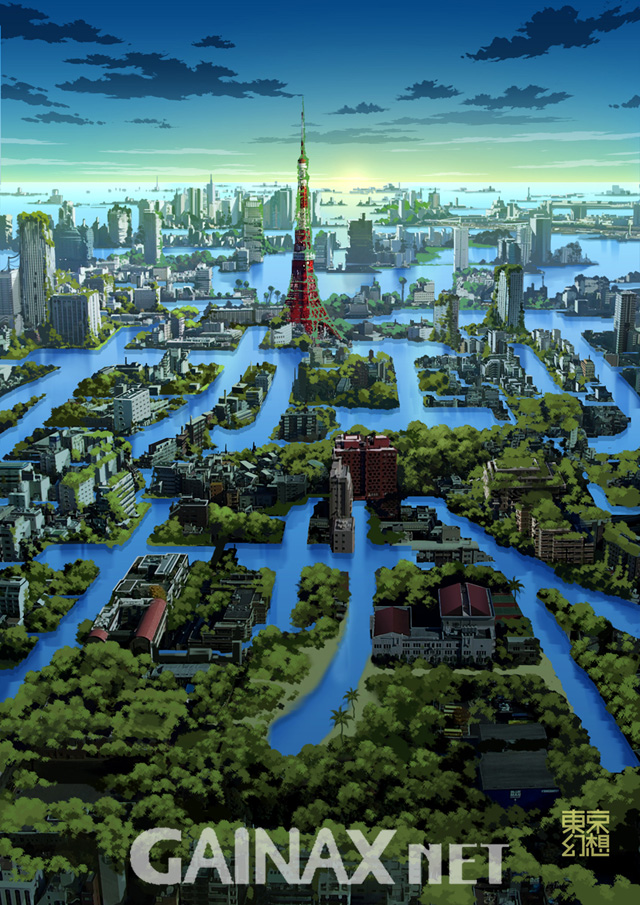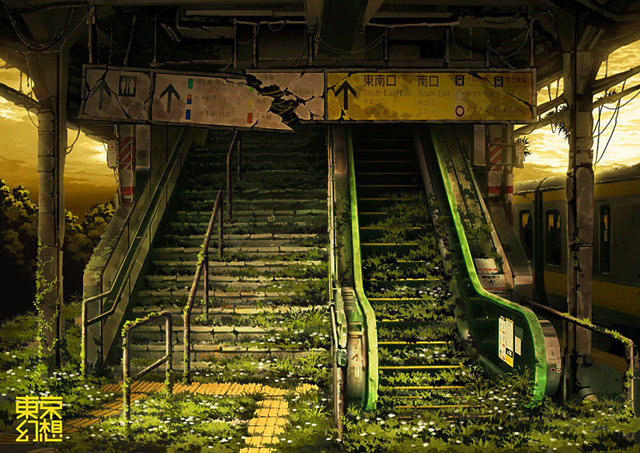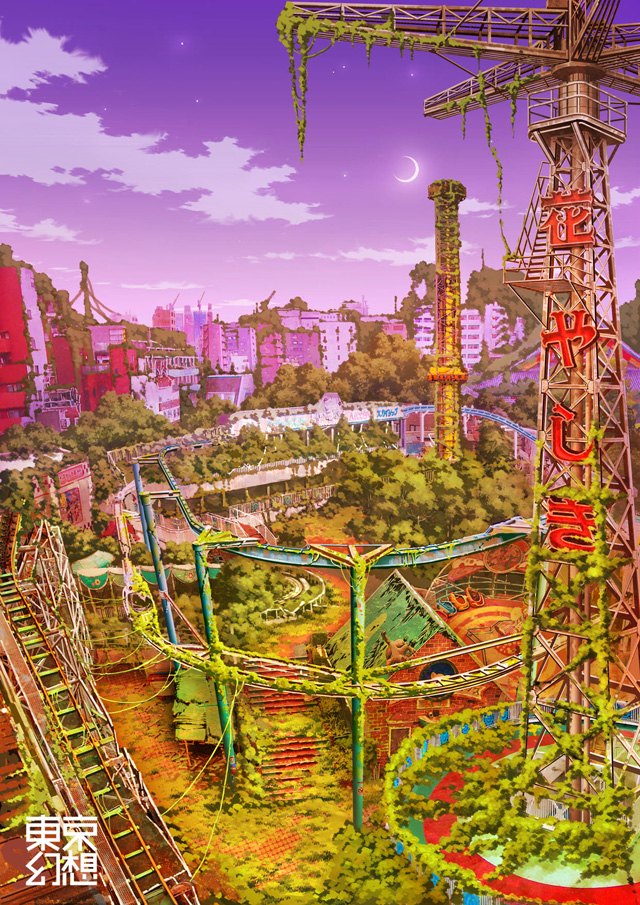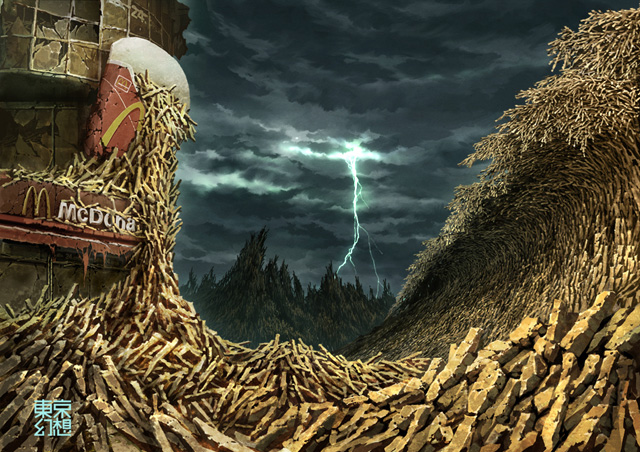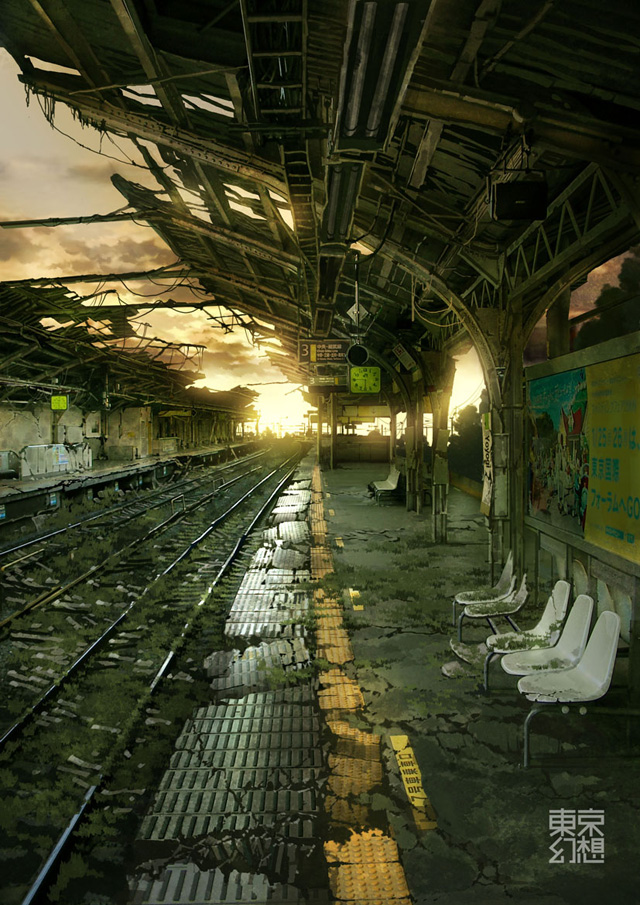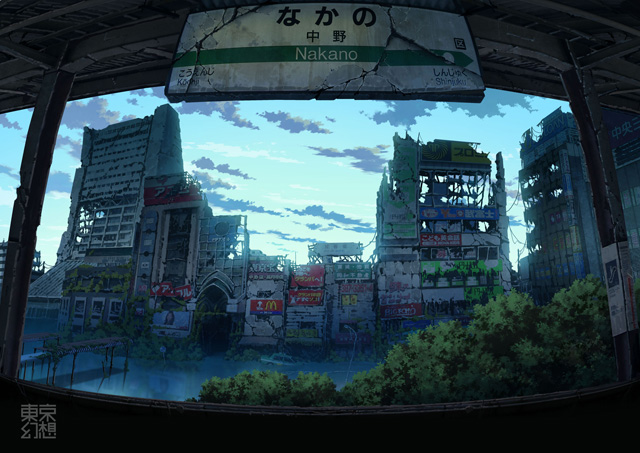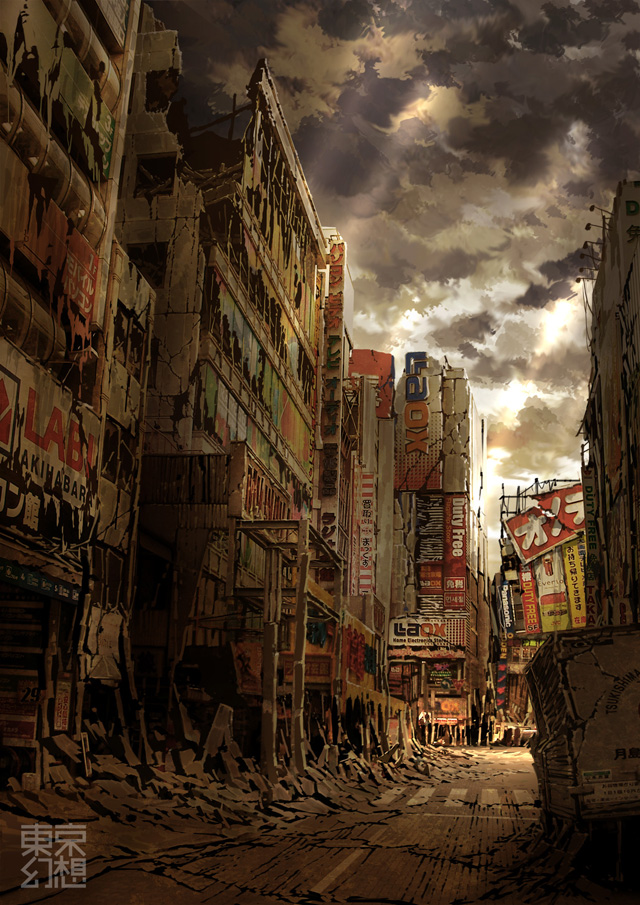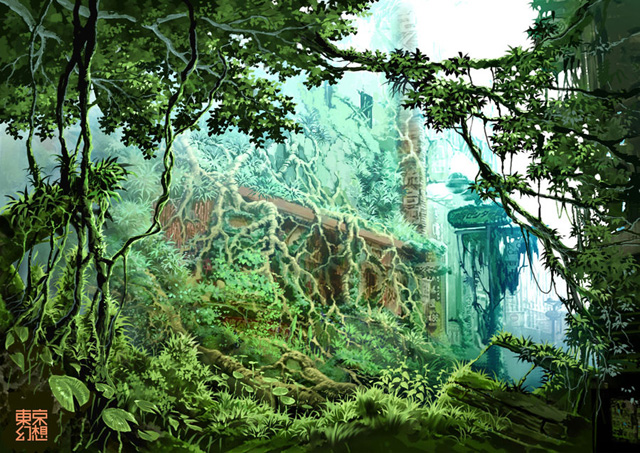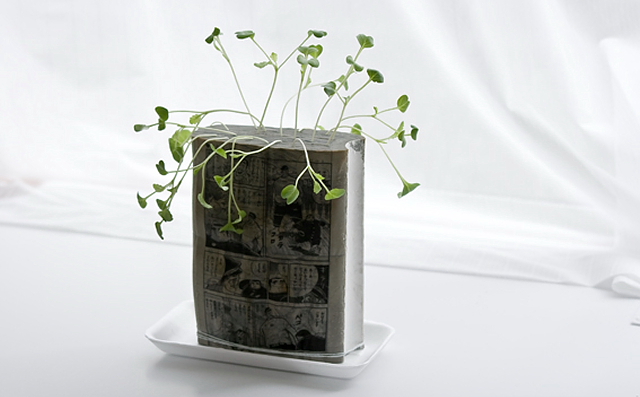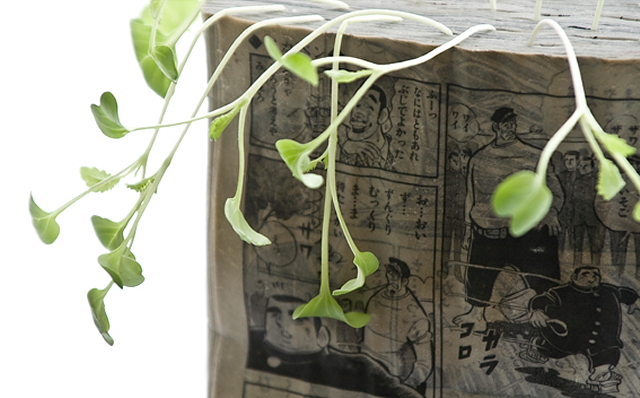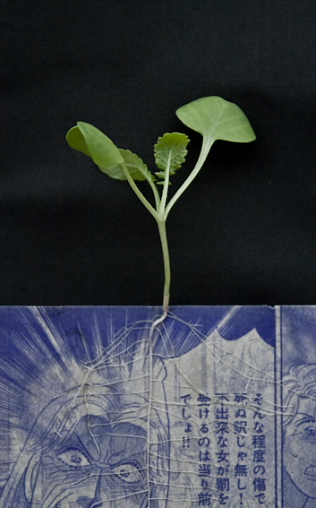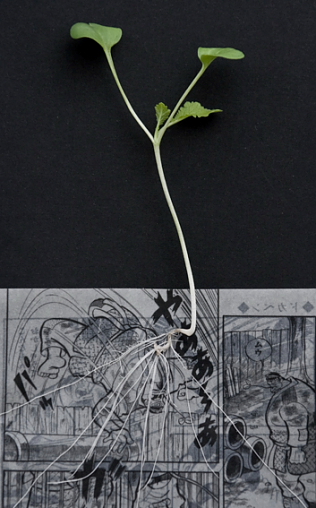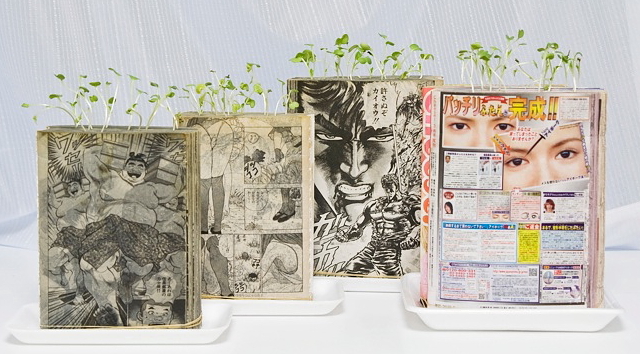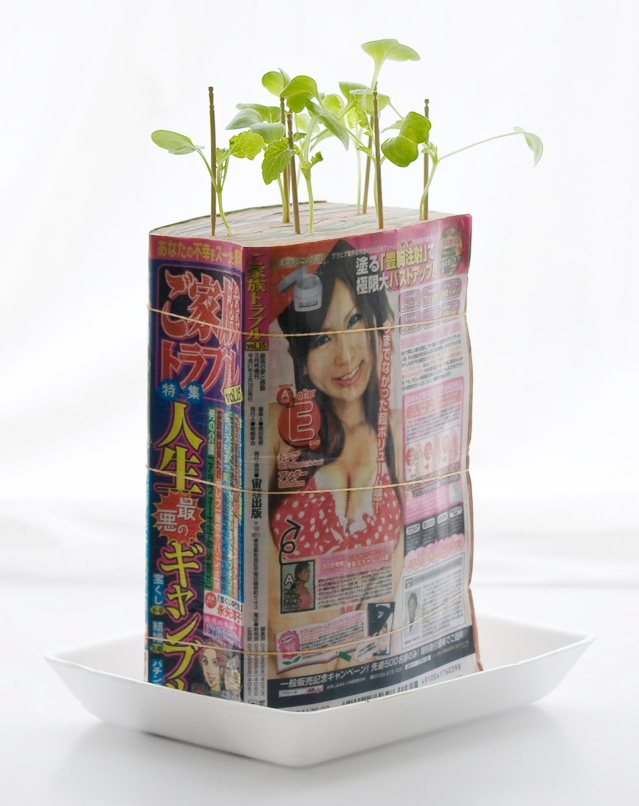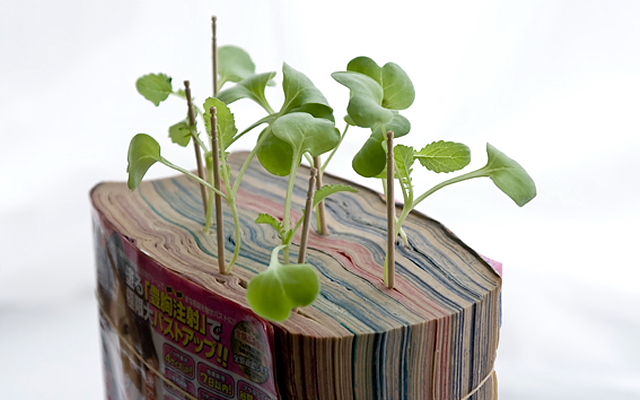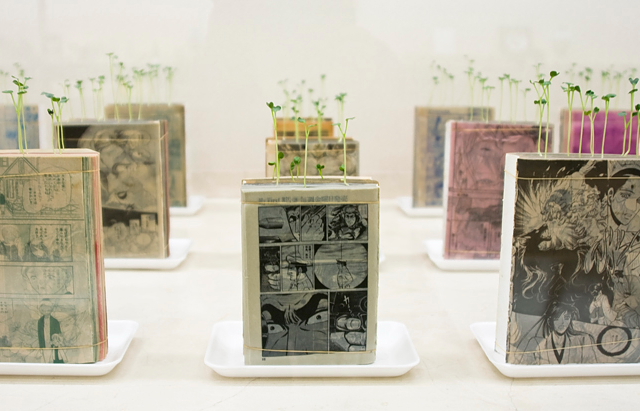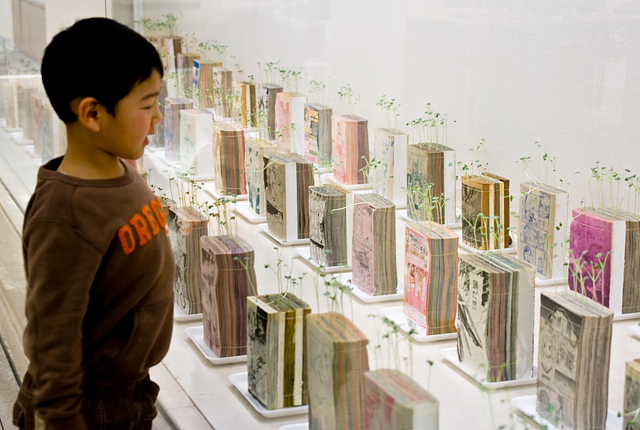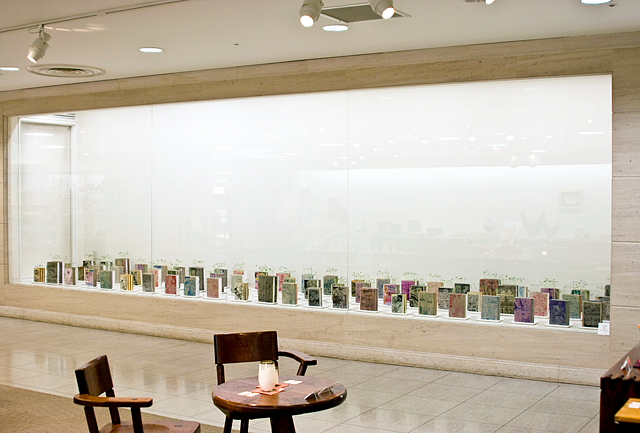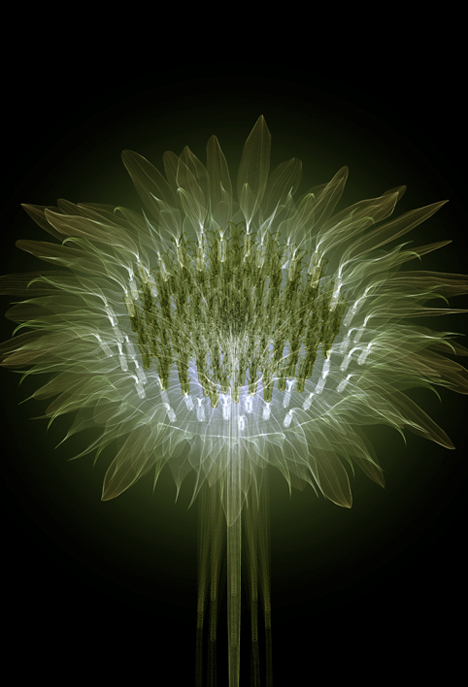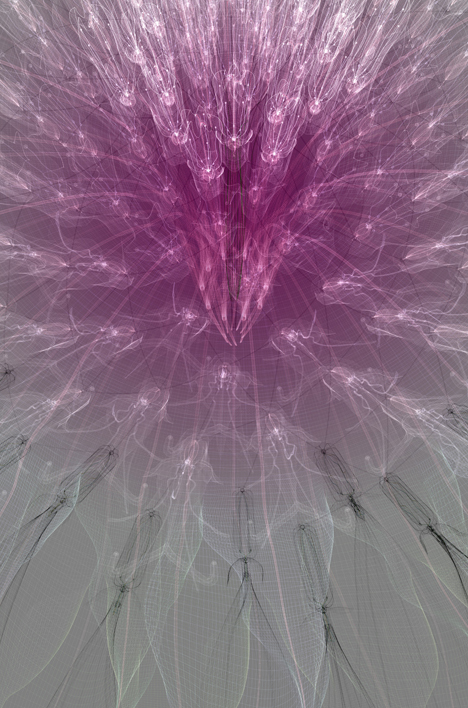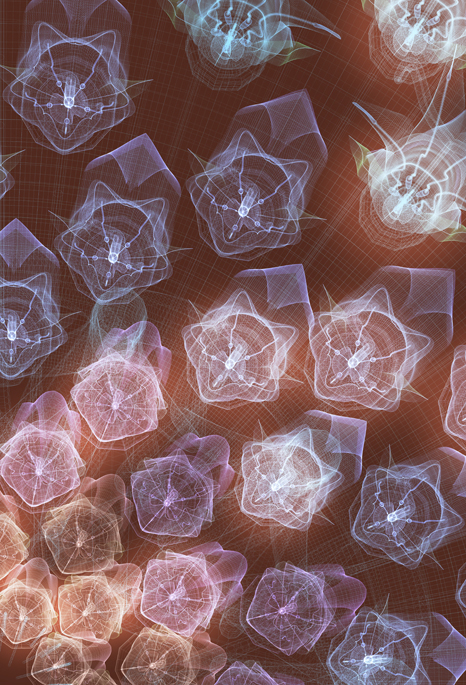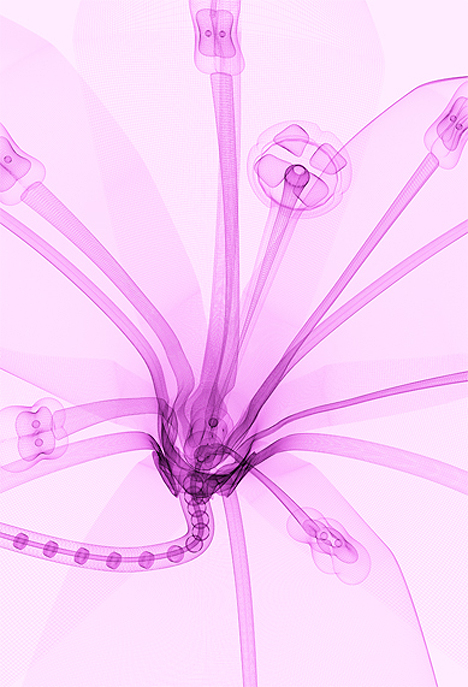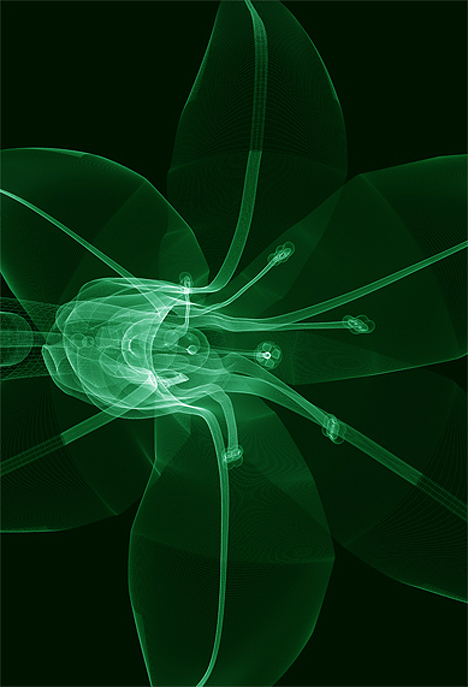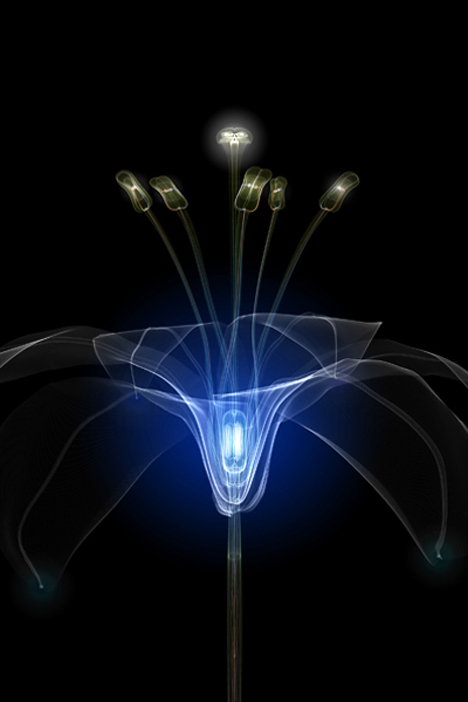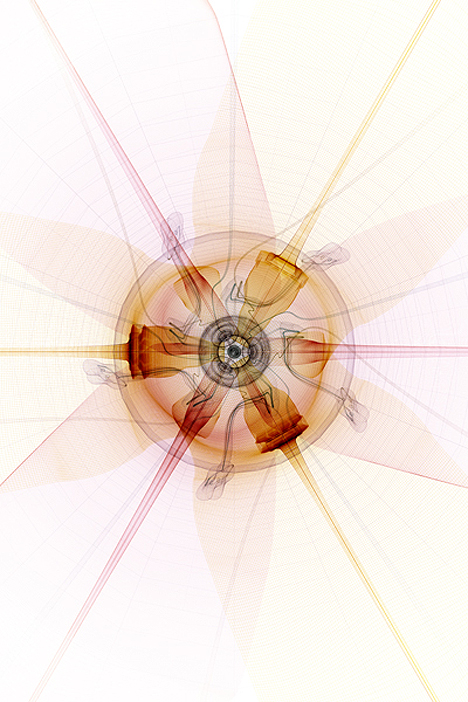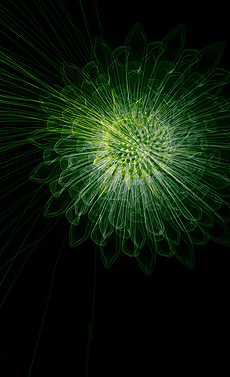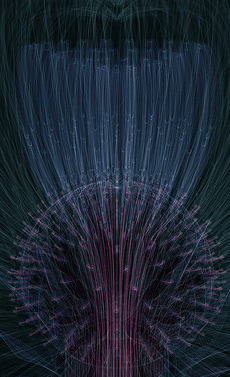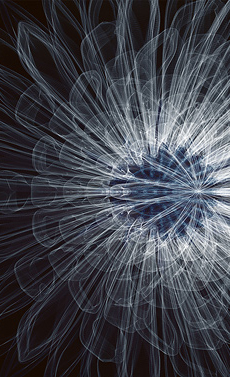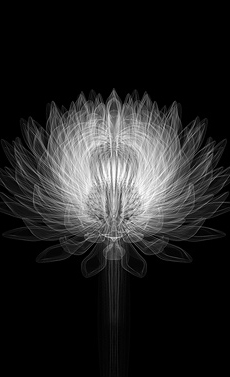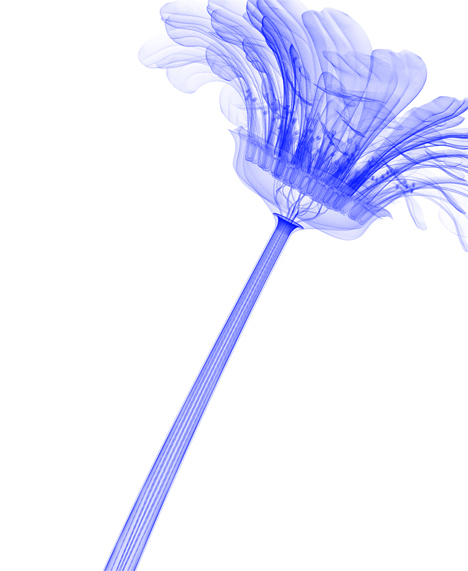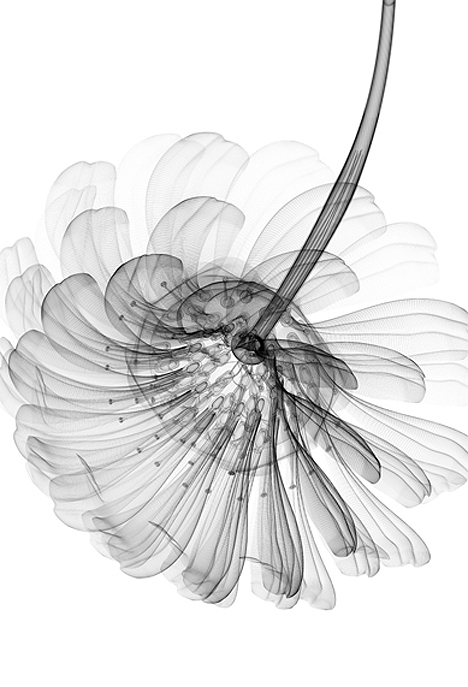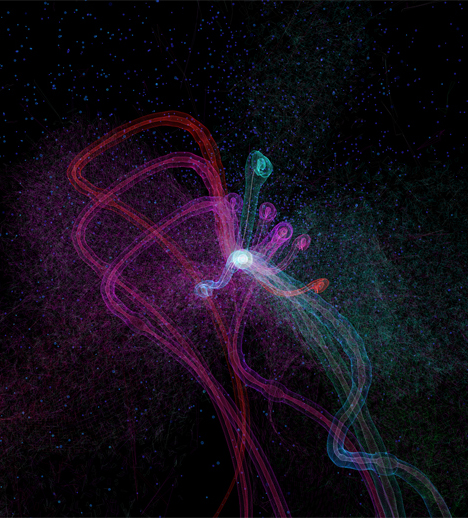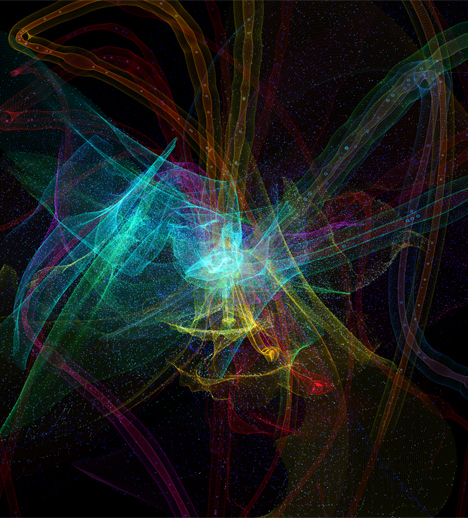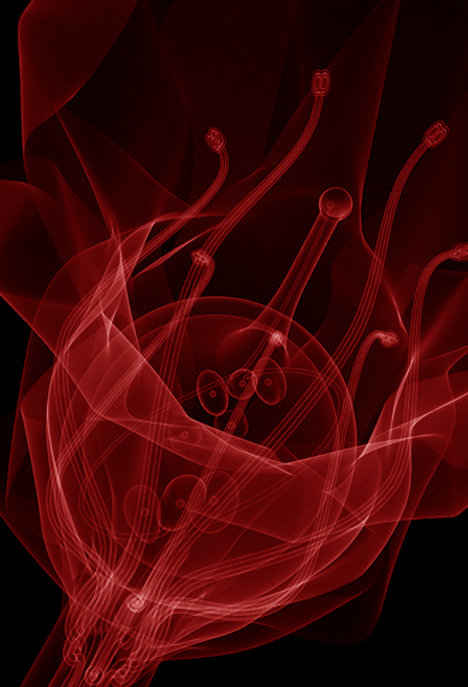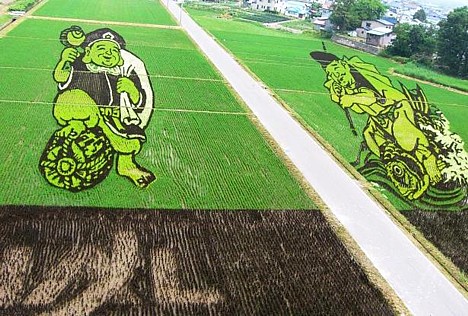
Midori-san, the blogging houseplant, at bowls Donburi Cafe in Kamakura
If houseplants could blog, what would they say? To find out, Kamakura-based IT company KAYAC Co., Ltd. has developed a sophisticated botanical interface system that lets plants post their thoughts online. A succulent Sweetheart Hoya (Hoya kerii) named "Midori-san" is now using the system to blog daily from its home at bowls Donburi Cafe in Kamakura.
The plant interface system, which is built around technology developed by Satoshi Kuribayashi at the Keio University Hiroya Tanaka Laboratory, uses surface potential sensors to read the weak bioelectric current flowing across the surface of the leaves. This natural current fluctuates in response to changes in the immediate environment, such as temperature, humidity, vibration, electromagnetic waves and nearby human activity. A specially developed algorithm translates this data into Japanese sentences, which are used as fodder for the plant's daily blog posts.

Diagram of plant interface system
Midori-san started blogging about a week ago. So far, the plant's highly structured posts summarize the day's weather, temperature and lighting conditions, describe its overall physical condition, tell how much light it received via the user-activated lamp (see below), and explain how much fun the day was. Each post also includes a self-portrait photo and a plant-themed pun (in Japanese), which Midori-san likely did not write. A graph at the top of the sidebar shows the plant's surface potential in real-time.
Readers can also treat Midori-san to a dose of fluorescent light either through the website or this widget:
To activate a web-controlled fluorescent lamp positioned next to the plant inside the cafe, click the "Give Light to Midori-san" (?????????) button at the bottom of the widget, enter your name (or a nickname), and click OK. (Get the widget code here.)
Once the lamp activated, the widget shows a real-time view of Midori-san under the light.
Judging from the blog content and the numerous "thank yous" below the fold of each post, Midori-san seems to really appreciate every chance it gets to photosynthesize.
In addition to exploring the potential of intelligent networks that involve the natural environment around us, KAYAC hopes this entertaining plant interface system will inspire people to think about the environment in new ways.
[Link: Kyo no Midori-san]

